Stocking your spice cabinet is a life long passion for foodies. Here’s a comprehensive starter list of spices needed for a well-stocked kitchen.
A well-stocked spice kitchen is the most essential part of any cook’s repertoire because no matter how full your pantry or refrigerator, if you don’t have a good variety of spices, then your recipes will be limited in flavor and variety.
Let me go on record to say that I’m all for not having too many kitchen gadgets and trendy items that just clutter up your drawers when other common items can do the job, like how a good chef’s knife is better than a garlic press, any day. That being said, I almost don’t think you can have too large a library of spices in the kitchen to enhance your cooking. And the more eclectic your spice collection, the more you’re able to experiment (fun!). For me, building and personalizing my spice collection is a lifelong pursuit that changes with the seasons and my spice cabinet may lean heavier toward certain ethnic basics depending on my family’s favorite type of cuisine. And there are certain spices that are helpful to keep in stock at all times, no matter what you like to cook.
The following is a basic list of most commonly used spices that every novice and well-seasoned home chef can use when stocking your spice cabinet. As part of the list, I’ve given you a brief description of each spice’s flavor as well as common uses:
Ground Allspice
Allspice is a cured, unripe berry of a Caribbean evergreen tree, reminiscent of cloves, cinnamon, and nutmeg. Allspice matches well with: beef, beets, cabbage, carrots, corned beef, fruit pies, game, grains, lamb, meats, onions, pumpkin, soups, spinach, squash, stews, sweet potatoes, and tomatoes.
Basil
A must have for Italian cooking, dried basis has a peppery flavor that works well with thyme, garlic, oregano, lemon, and tomato sauce. I recommend keeping fresh basil on hand whenever you can, but dried, chopped basil leaves should always be stocked.
Bay Leaves
Typically sold dried, bay leaves are aromatic with a woodsy taste. Whole bay leaves are very potent, and just one will add lots of flavor to soups, stews, and marinades.
Whole Peppercorns
Skip the ground pepper, get yourself a pepper grinder, and fill it with black peppercorns. Freshly ground pepper has so much more flavor than ground pepper, you really must have it.
Ground Cayenne Red Pepper
Cayenne pepper is made from the small, very spicy red cayenne chili pepper, and is often used in Indian cuisine, as well as Cajun and Southern dishes. Ground cayenne pepper can add just the right brightness to any dish that otherwise tastes a little flat. Using sparingly will not add heat.
Chili Powder
If you like to cook Mexican or Tex Mex, then chili powder is a must-have in your spice cabinet. It’s actually a blend of spices—typical chilies, oregano, coriander, and cumin.
Ground Cinnamon
A bittersweet spice, cinnamon is heavenly in baked goods and coffee drinks, and is also used in curries, chilies, and stews. A true must-have.
Ground Cloves
Cloves are common in Asian, African, and Middle Eastern cuisines. Also used to flavor meats, curries, and marinades, but are most commonly paired with fruits and holiday baked goods.
Cumin
Cumin is a flowering plant native from the eastern Mediterranean to India. It adds a warm earthiness to stews, soups, curries, and tacos or other Mexican dishes.
Curry Powder
Curry powder is a popular Indian blend of up to 20 spices, such as coriander, turmeric, cumin, fenugreek, and chili peppers. The mix is used in chili, spice rubs and even marinades.
Garlic Powder or Granulated Garlic (better)
I always have fresh garlic on hand, but it helps to have this ground, dehydrated alternative as a back-up when you’re in a pinch. Some garlic powders will have added herbs or seasoning, such as parsley, so read the label carefully. If you can buy products labeled as granulated garlic, you will prefer it.
Ginger Root
Ginger is a hot, fragrant kitchen spice, often used in Indian, Chinese, Japanese, Vietnamese, and many South Asian cuisines. Ground ginger is often used to flavor cookies, crackers, cakes, and of course, gingerbread. It can also be used to tenderize meat. If a recipe calls for fresh ginger and you don’t have it, a lesser amount of this spice can be substituted.
Ground Nutmeg
The seed of an Indonesian tree, nutmeg has a slightly sweet flavor and is used in drinks like mulled cider, savory dishes, soups, potato dishes, baked goods, meatloaf, and even on some vegetables. It’s a great combination with cinnamon, cloves and ginger in pumpkin pies. For even better nutmeg flavor, buy whole nutmeg and grind it yourself with a nutmeg grinder or microplane rasp grater. Hint-once you own a rasp grater, you’ll never be without one, the uses are endless.
Onion Powder
Onion powder is ground, dehydrated onion. Like garlic powder, it is an essential ingredient to keep handy for those times when you don’t have fresh onion handy.
Oregano
Oregano is a perennial herb with an aromatic, warm, and slightly bitter taste; surprisingly, it’s actually more flavorful dried than fresh. It is often used in Italian-American cuisine and is essential on pizza. Also used in a lot of Mexican dishes.
Paprika – Sweet and Smoked
A dark red spice made from the air-dried fruits of chili peppers, paprika is used to season and color meat, seafood, vegetables, rice, stews, and soups. Hungarian paprika is the best. Smoked paprika is also a must, offering a more woodsy-smoky flavor than regular or sweet paprika.
Red Pepper Flakes
Dried and crushed red chili peppers, red pepper flakes are another common “pizza herb” and also often used in pickling, chowder, spaghetti sauce, pizza sauce, soup, and sausage.
Rosemary
A woodsy, perennial herb with fragrant, evergreen, needle-like leaves, rosemary has kind of a lemon and pine flavor. It’s often used in Mediterranean, Italian, and French cuisines. Delicious with garlic and olive oil and is amazing used for focaccia, tomato sauce, pizza, and pork.
Sage
A perennial, evergreen shrub, sage is an essential herb with a savory, slightly peppery flavor. It’s frequently used in European and American cuisines, in everything from stuffing and casseroles to cheese and sausages.
Kosher Salt
Coarse salt made without iodine, kosher salt can be used to season recipes in place of table salt. Its larger crystals or flakes allow you greater control, as you can pinch them with your fingers. Don’t use it in baking dishes that use little liquid. It won’t dissolve sufficiently.
Tarragon
Frequently used in French cooking, tarragon has a bittersweet, peppery taste. It’s a crucial component of béarnaise sauce and pairs well with fish, omelets, and chicken.
Thyme
Popular in Mediterranean and some Italian dishes. Thyme has a light, woodsy flavor, perfect vegetables, meat, and poultry.
So there’s my healthy list to get you on your way to enjoying a well-stocked spice cabinet. When shopping for spices, be sure to check out other exotic or less commonly used spices from time to time. You might be surprised what “splurge” becomes a must-have for you. I never thought I’d always have to have turmeric in the cupboard but my husband likes to add it to everything from soups, oatmeal and especially eggs. And I get nervous when my Garam Marsala starts to run out because it’s key to one of my favorite recipes, Butter Chicken. And Zaatar has become a favorite for my Big Fat Greek Tacos. Years ago I realized that smoked paprika is as important in my kitchen as common sweet paprika.
One of my favorite ways to experiment with new spices is to try out the small boxed spice varieties that many Whole Foods Markets carry.
For under $3.00, I can try out weird or unusual combinations without having to buy an expensive bottle of something I may or may not like or want again. Also, whenever I can, I like to buy organic spices and Whole Foods stocks a large variety of these.

A person could go crazy and try just about any dish from around the world. Berbere? Chimichurri!! Well, who says no to Balti Curry? Inspiration is bound to happen at Whole Foods spice aisle.

These cool combinations in grinders are irresistible. Cocoa Sugar & Chili for cookies and bread puddings or lattes and coffee. Need just a little vanilla bean? A nice price for a single bean so you can splurge without breaking the bank.
Not all spices are necessary to be bought organic, so do your homework and just buy what works for your family.

These gorgeous women are harvesting precious spices in Madagascar. Dressed for the occasion in colorful attire and jewelry, choosing only the best, I love this beauty’s look of serious intensity.
If you have a favorite unique spice or seasoning mix that you particularly love to have on hand, I’d love to hear about it!
** This is the third installment in a series where I’ve teamed up with Whole Foods Market to help you through your healthy eating journey. If you missed my other posts in the series, be sure to check out Stocking Your Refrigerator and Stock Your Pantry Healthy. This is a sponsored post, but my opinions are my own.
***Photos in this post are free photos collected across the web. All photos of boxed or bottled spices are taken by Good Dinner Mom.***
Spice descriptions adapted from My Domain.


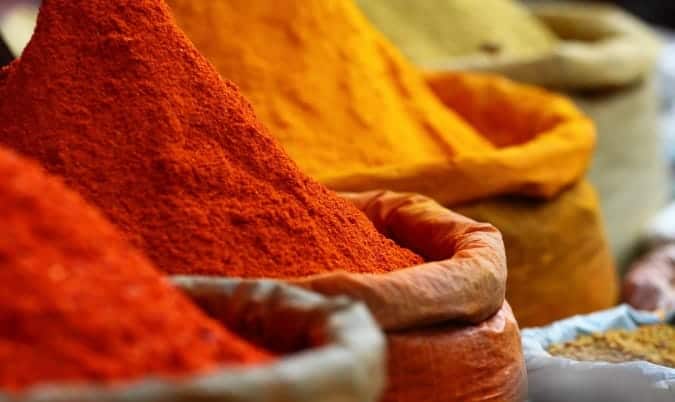

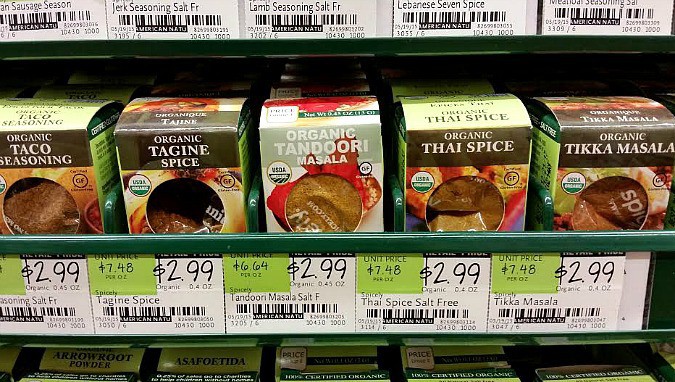
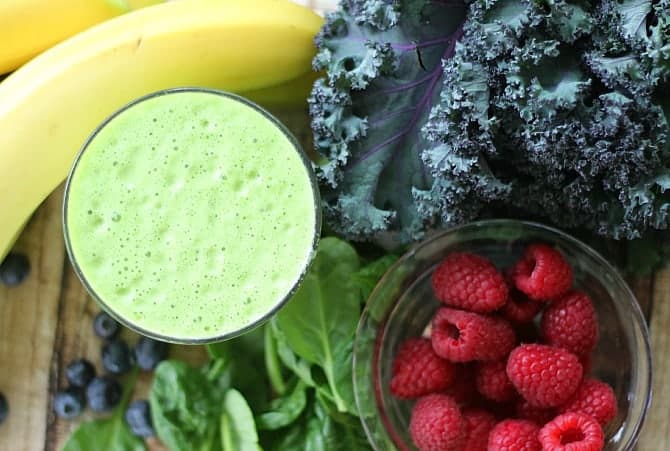
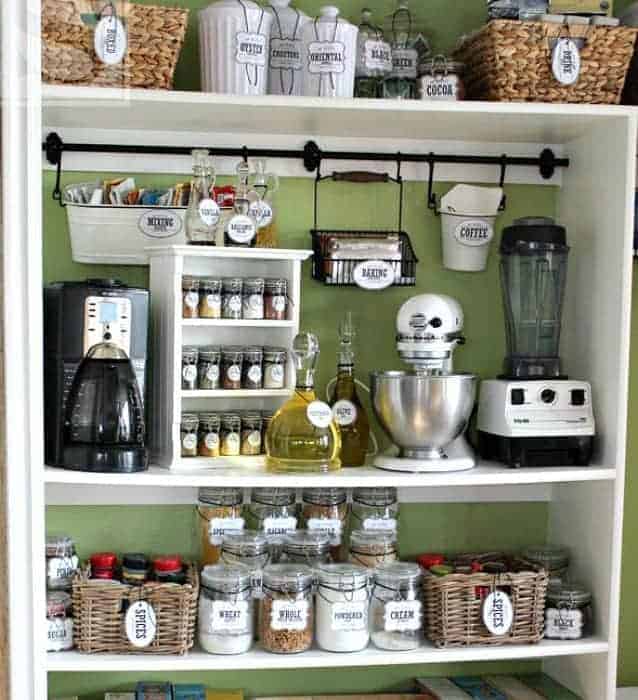
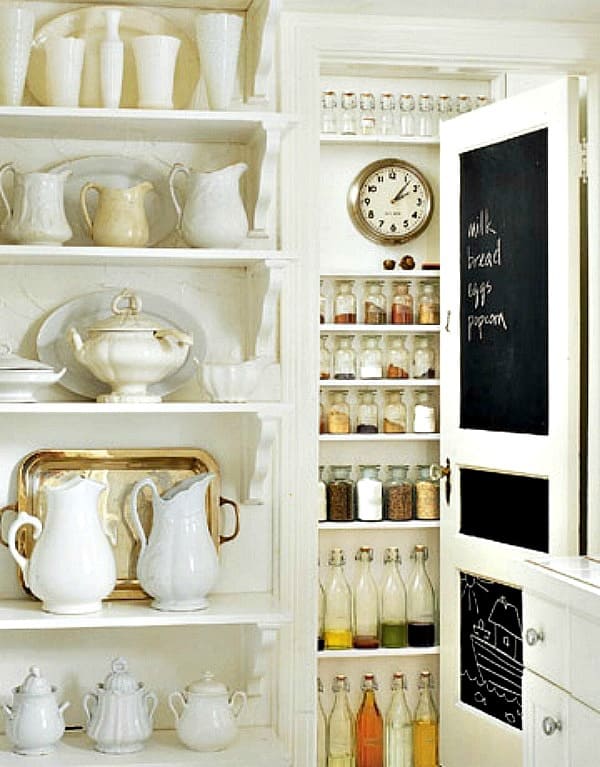

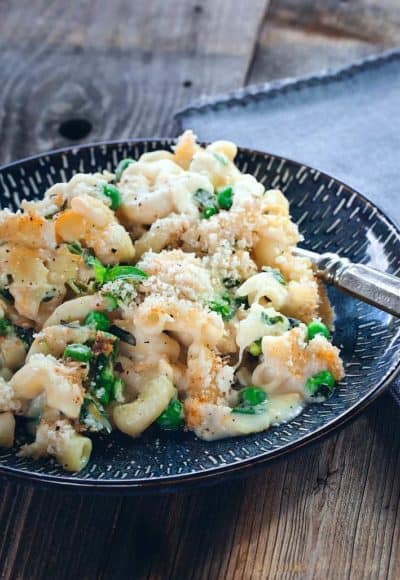
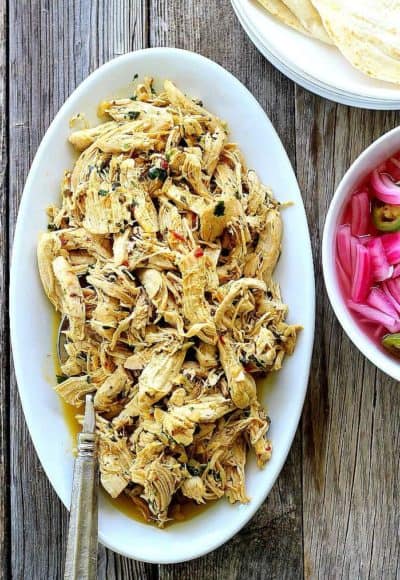
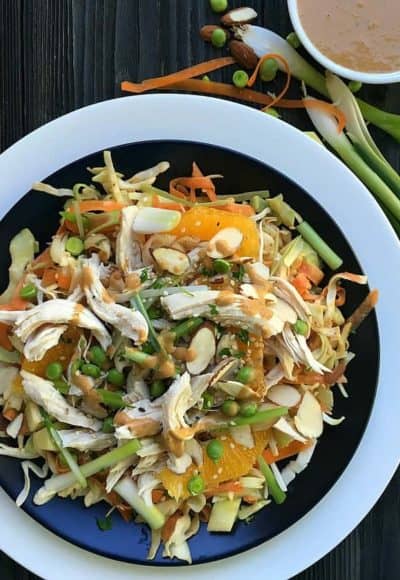
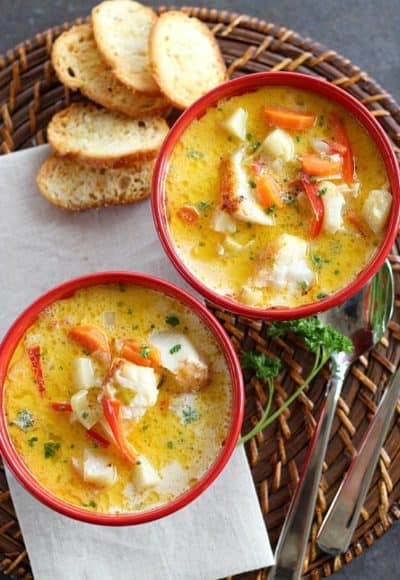

Life isn’t complete without all these must-have spices. Thanks Sally!
Great idea to have all those spices. Where I live I pay triple for these items but they make all the difference having a good spice on hand. Thanks for the tip Sally! Love your blog 🙂
Thank you so much, Jerrylynn! I agree that some spices are pricey, especially if talking about some that you don’t use very often that are sure to go bad before used up. I’m glad you found the article helpful, thanks for the compliment!
I love this list!
Dried herbs and spices can turn a store cupboard meal into a banquet.
We had a fire last year and I have finally restocked my pantry with all the dried herbs and spices. Instead of going out and buying them all, I just bought when I needed something and now I am pretty sure I am back to where I was before 🙂
Hi Claire,
I’m sorry to hear about your fire! But I’m glad to hear your spice list is almost back to where it was before. It truly is nice and convenient to have a full spice pantry so you can create something new and be prepared. Thanks for stopping by! 😉
Really enjoyed this article post on spices. It’s BIG in my kitchen and I actually have 2 cabinets of spices and condiments plus one drawer packed with them. I like to buy in small quantities because they do lose their intensity. One I didn’t see on here that I use frequently is fennel seed. I also like to grind fresh nutmeg. I freeze the ginger root too, and take it out and microplane it when needed too. I think fresh is essentially better than powdered, but use it as well for certain dishes/cookies. I also love to make spice blends and there are plenty on my site. Thanks again Sally!
Kevin, I actually meant to revise my nutmeg piece to talk about freshly ground nutmeg (looking at my grinder, right now). I had to laugh at your “two cabinets and a drawer”… I’m fastly getting there. I love hand created spice blends myself so I’ll be checking out the blends on your site-I can only imagine what amazing concoctions you have come up with. Thanks for stopping by, my dear. Have a great week!